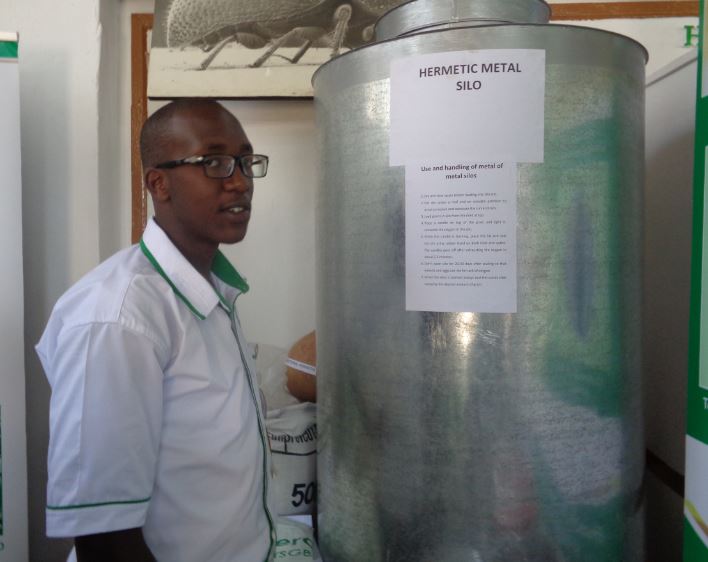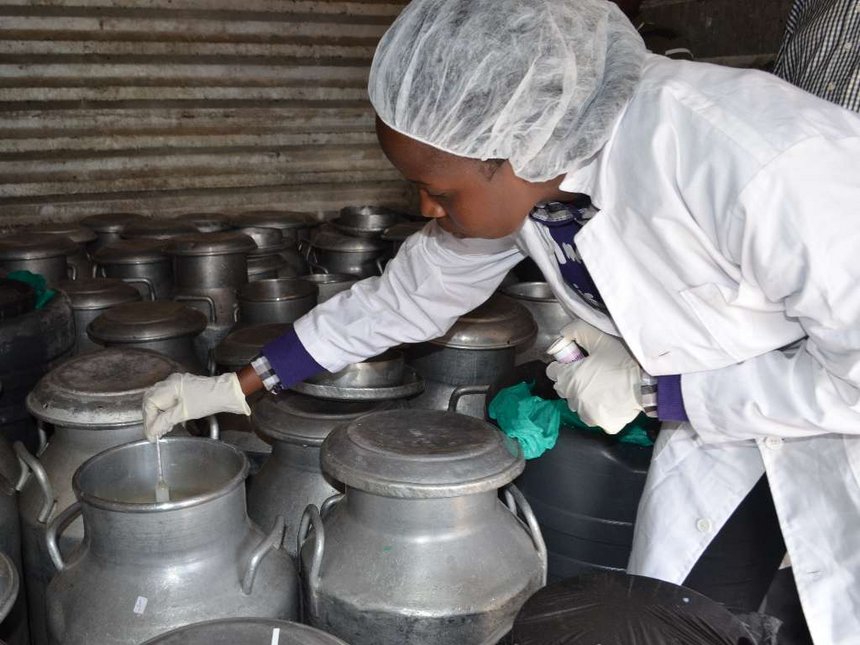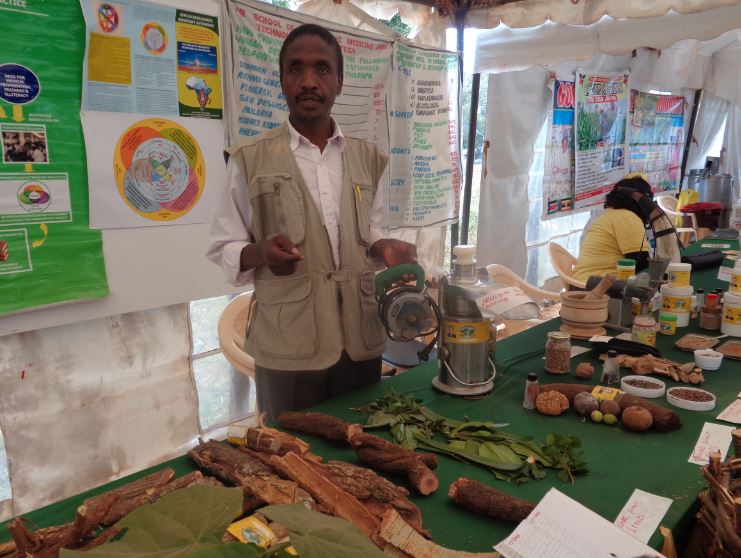Farmers can save up to 25 per cent of their cereals from losses by using hermetic metal silos to store their grains. The silo with a capacity of 250kg is an innovation of the Kenya Agricultural and Livestock Research Organization (KALRO) and is suitable for small scale farmers.
Due to unreliable storage options that consist of using discarded sacks and basins, many farmers are forced to sell their crops at harvest time when prices are at their lowest, and pay higher prices later in the year to purchase maize grain back for food. Farmers also often have to purchase chemicals to control pests and rodents attacking their stored cereals.
Grains constitute the basis for food security for the majority of the population in Kenya and Africa at large and are a central component in the livelihoods of smallholder farmers. Significant volumes are however lost through post- harvest operations due to attack by pests making farming an expensive venture. It is reported that the region loses 25 to 30 per cent of cereals during market storage according to the Eastern African Grain Council.
Related articles
Hermetic bag keeps off grain pests for over two years, averts losses
Unique silos insulate farmers from weevil attacks
Solar powered mini silos tames grain loss
Eliud Njoroge, a crops researcher at KALRO displaying new hermetic metal silo. PHOTO/JAPHET RUTO
Whereas quantitative post-harvest losses result into a direct loss of saleable weight, qualitative losses lead to a loss in market opportunity and grain nutritional value and may pose a serious health hazard of aflatoxicosis if linked to consumption of Aflatoxin-contaminated grain.
Aflatoxin is a toxin produced by a fungus that grows on certain crops, such as maize and groundnuts. Consumption of high levels of aflatoxin can be fatal, and chronic exposure has been linked to liver cancer, suppressed immune response, and child stunting. Maize is a staple food in Kenya and is a major source of aflatoxin exposure in the country.
In 2004 for instance 125 Kenyans died after consuming aflatoxin-infested food. In 2016, agricultural experts and the Kenya Bureau of Standards warned of presence of the deadly toxin in food such as maize flour and milk sold in supermarkets across the country.
The number of people dying from cancer thus has doubled over the last five years from 20,000 to 40,000 according to the Kenya Network of Cancer Organisations.
According to Eliud Njoroge, a crops researcher at KALRO, no chemicals are required for preservation purposes if farmers adopt this method of storage. Farmers can store grains for a longer period of time meaning more income in and out of season.
Procedure for storing grains in hermetic metal silos
Dry the grains for at least three days and clean them before loading them into silo. Put the silo under a roof and on wooden platform to avoid corrosion and exposure to the sun or rain then load grains into the silo from the inlet at the top.
Place a candle on top of the grain and light it. The candle will consume oxygen in the silo and hence make the silo unsuitable for pests. While the candle is burning, place the lid and seal the silo using rubber band on both inlet and outlet. The candle will go off after exhausting the oxygen in two to five minutes. Don’t open silo for 20 to 30 days after sealing so that weevils and eggs can die for lack of oxygen. When the silo is opened, always seal the outlet after scooping the desired amount of grain.
The silos can be obtained at KALRO at Sh12,000 via Eliud Njoroge who can be reached on +254 706 983 021.
Write comment (0 Comments)

















